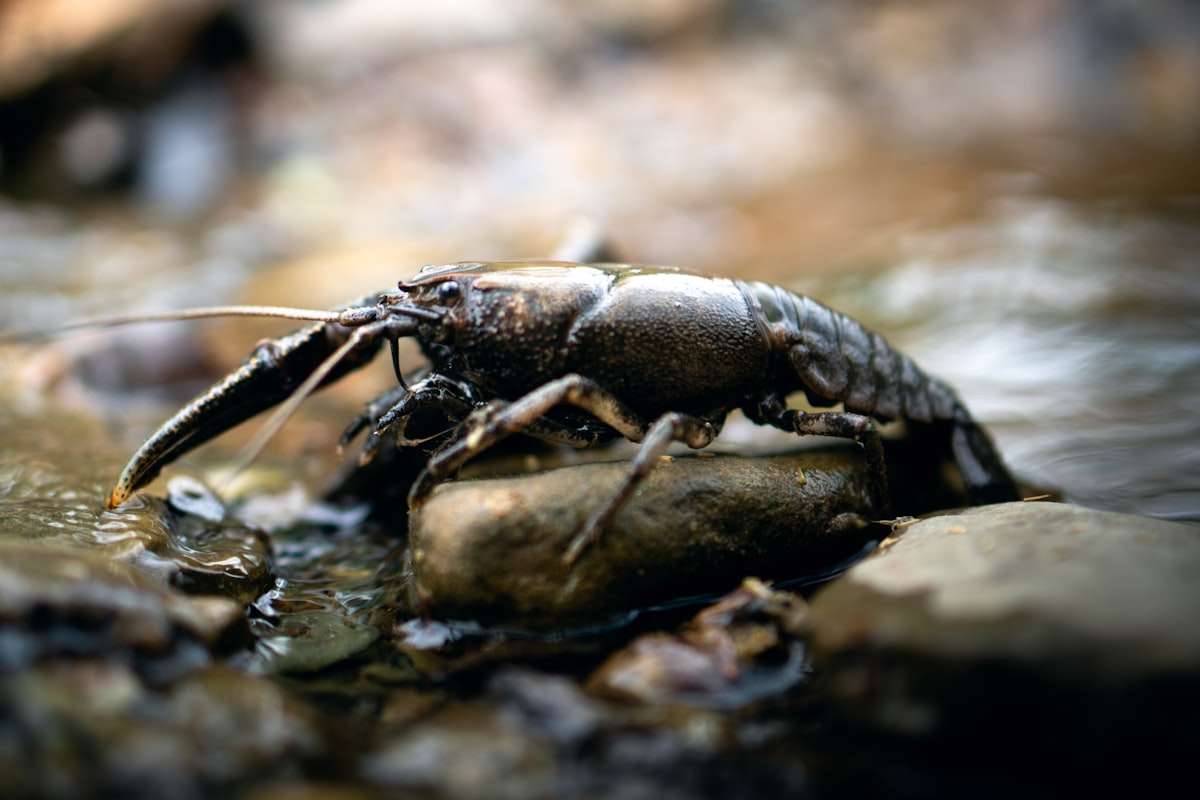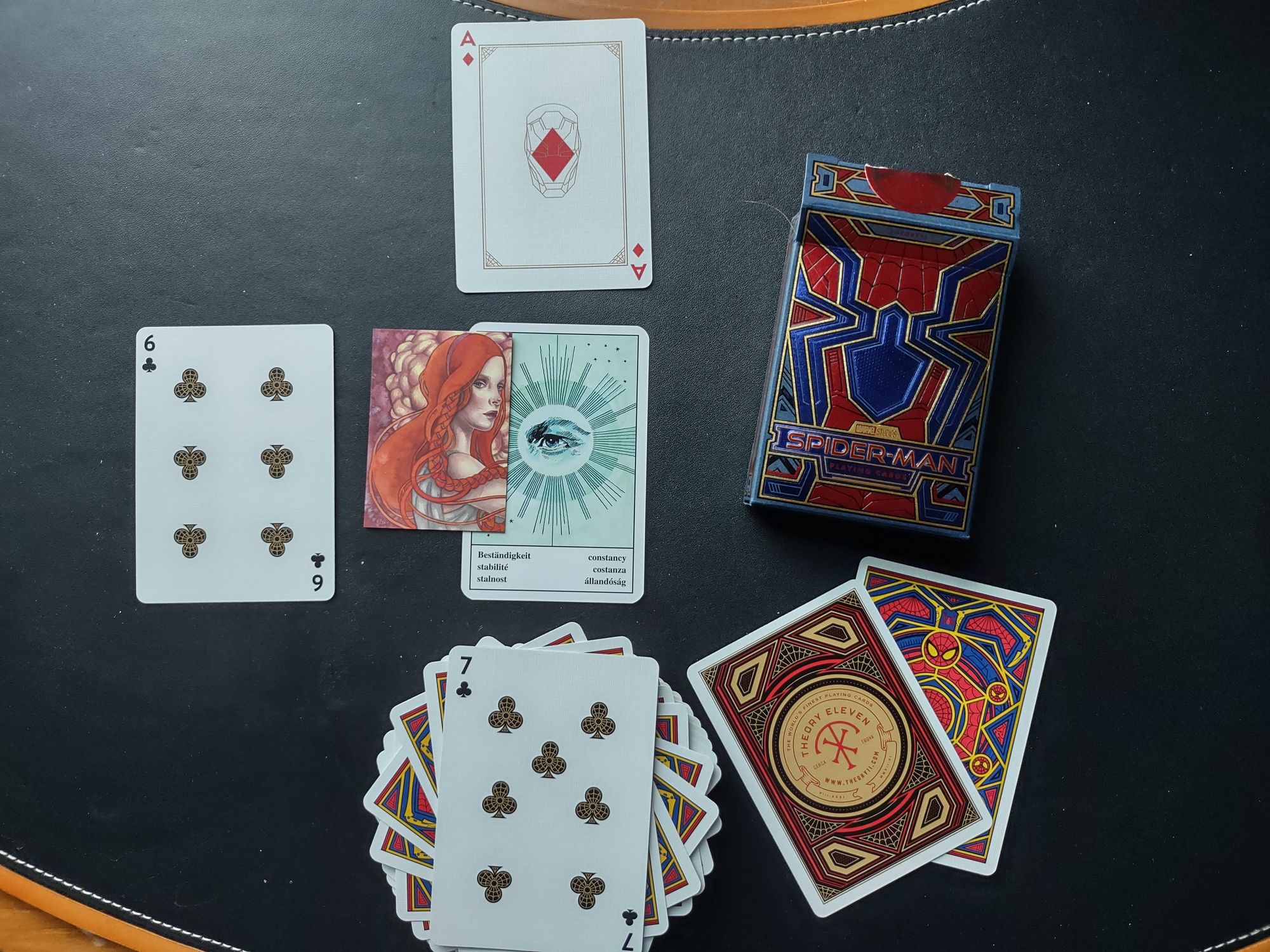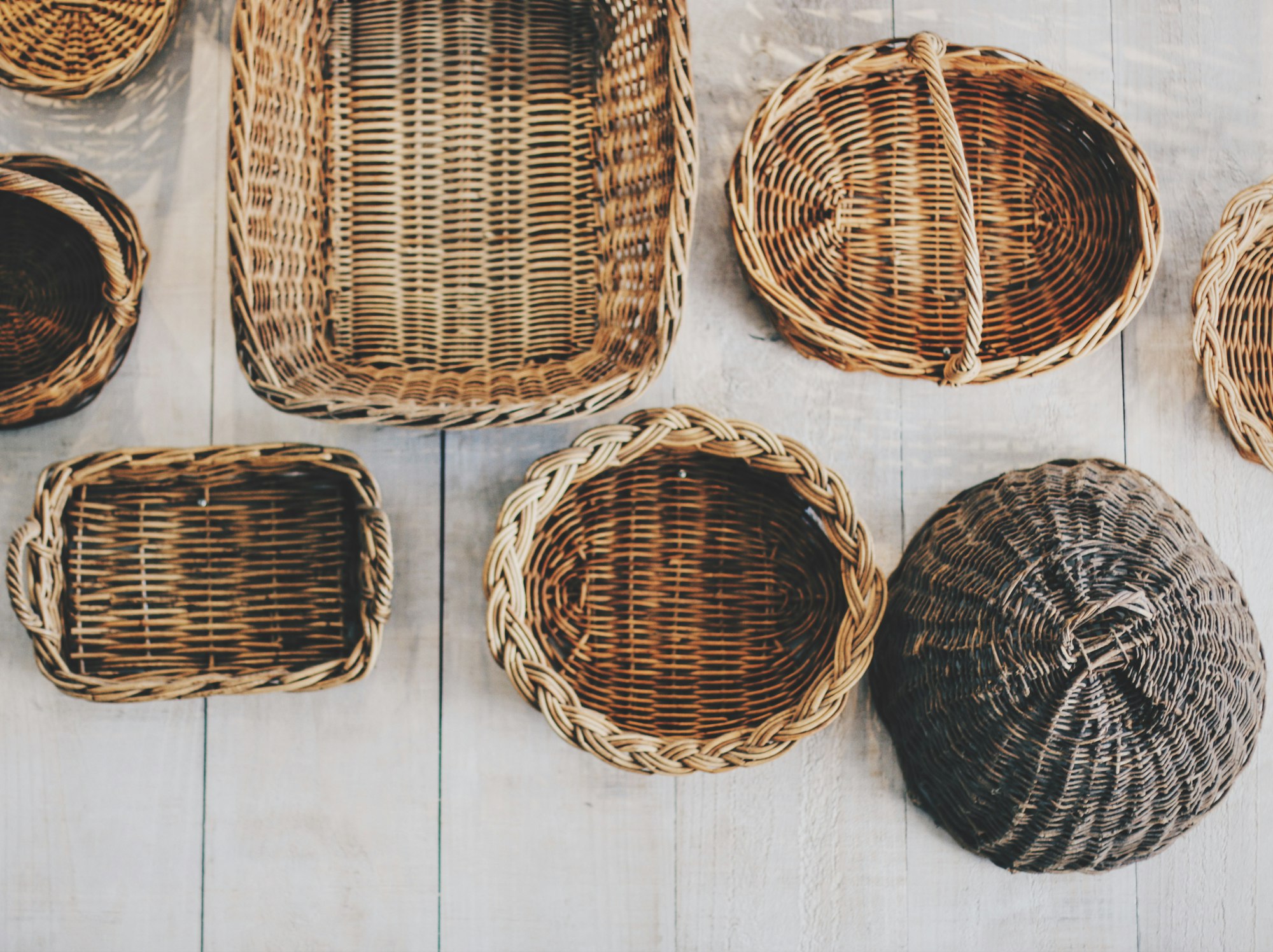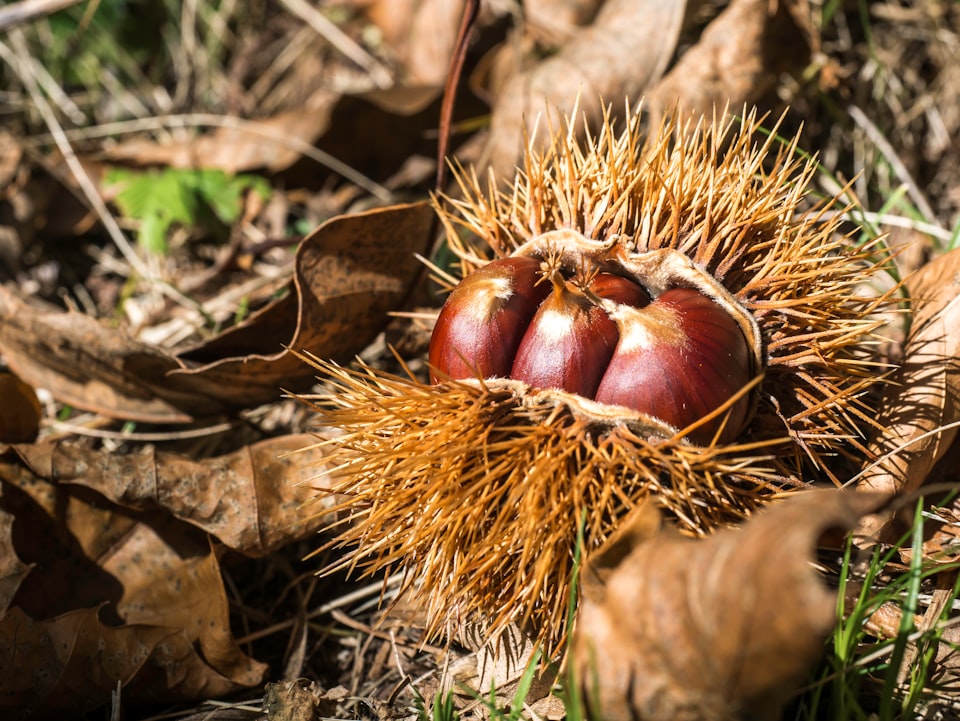V: Crayfish
A tale of the crayfish that no longer needs a crawdaddy.

Good morning. Today is quintidi, the 25th of Fructidor CCXXXI. We celebrate l'écrevisse, a freshwater crustacean.
They're not fish. That's just the bastardization of the French écrivisse that arose in multilingual New Orleans and spread across the United States with variants of 'crawfish' and, where I'm from, 'crawdad'. But they're tiny lobsters who have adapted to fresh water. The French name is itself an evolution of their word for 'crevice', which makes sense if you've ever tried to catch a crawdad in its habitat – the murky and dark nether-regions of a swamp or crick.
The name isn't the only thing that has evolved and spread. In 1995, two variants of the slough crayfish were placed together in an aquarium somewhere in Germany. They mated, and their offspring had a marbled shell and an even more unusual feature – three sets of chromosomes. While considered "female" by the scientists who study it today, the extra chromosome created a third gender of crayfish that could reproduce asexually, fertilizing its own eggs. Which it did, gremlin style, over and over and over...
The marbled crayfish is now considered one of the most remarkable and intractable pests in the world. It has spread throughout the globe, adapting to different temperatures and scavenging on different plant matter in every habitat it invades. This real-life clone army is a sequence of genetically identical mudbugs, reproducing at will with no need to mate, displacing other native species and even spreading to places where crayfish never existed before.
In a short quarter century, the clone army of marbled crayfish has spread from Germany to Madagascar. It has been banned in the EU and identified as its own species (despite being genetically still a slough crayfish, albeit with 50% more of itself inside of itself) for the purposes of labelling as an invasive pest: Procambarus virginalis.
It's an incel decapod only Jordan Peterson could love.
Or cancer researchers. There's been a concerted effort to map the genome of this remarkable evolutionary accident in France, where the hope is that understanding the way this complex organism reproduces will yield insight into how another cloning pest works – cancer.
The crevice lobster may tell us how to rid ourselves of the insidious crab.
Today's card: 7 of clubs

The net result of this year's changes and upheaval in a professional sense is a renewed feeling of inspiration. We are ready to enter this next year with high energy and big goals. Tomorrow, we'll see how that next year will commence...



